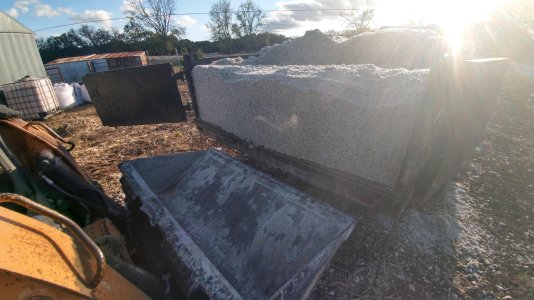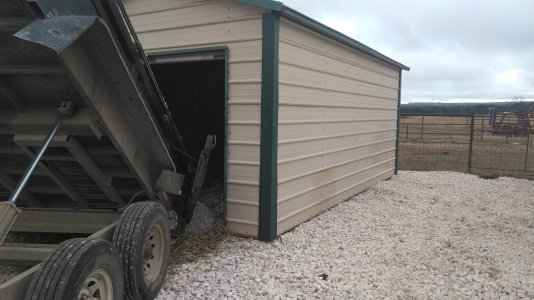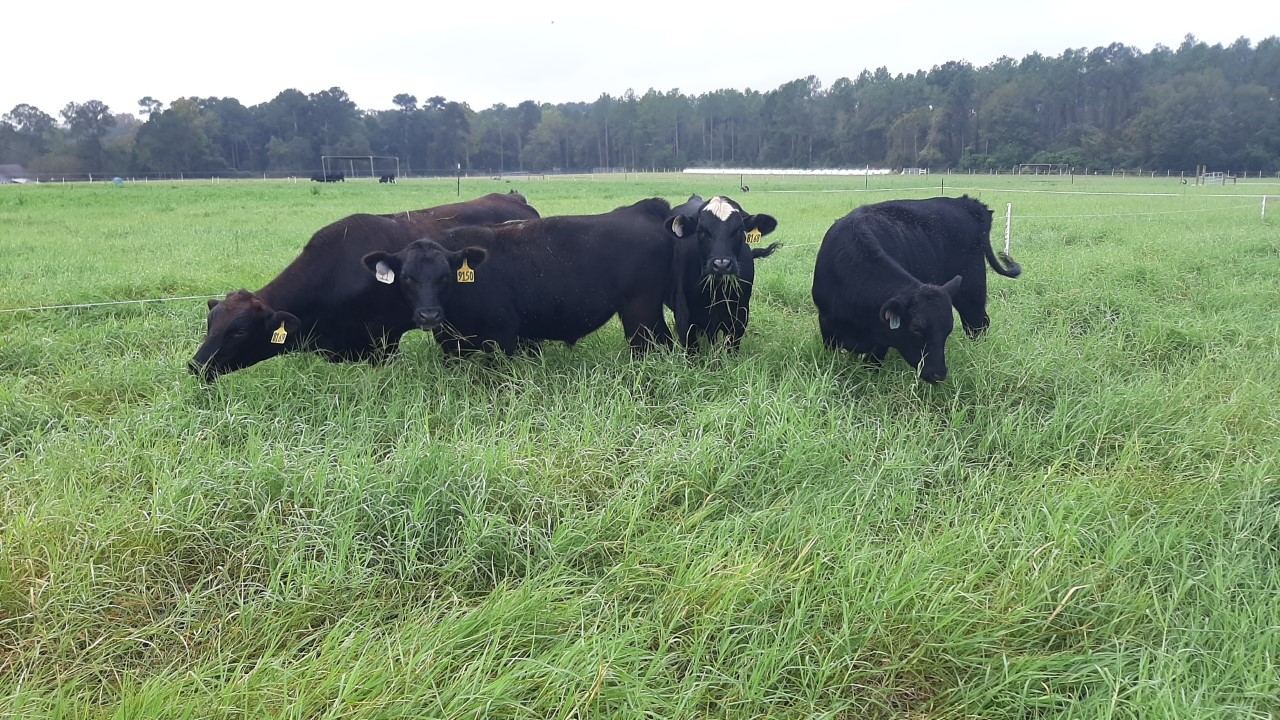A little information on cotton for those not familiar with it. Cotton is grown in rows. There are many flowers that result in "bolls". A boll is an elongated ball shape with four internal quadrants. Each quadrant containing fiber and seed. As the crop matures, stems dry, the leaves shed, and the bolls open to reveal the cotton. The material separating the four sections of fiber dry into a tough, sharp pointed burr. (If you ever hand-picked cotton, you remember that the burrs are sharp.)
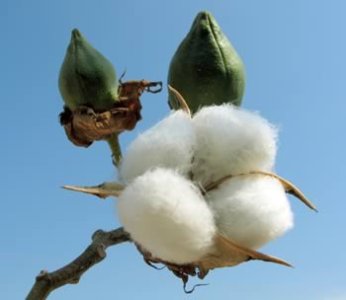
There are two methods of harvesting. A stripper removes the cotton and burr (strips it off the stalk) and the burr must be removed at the gin. That method results in more weight, volume and trash going to the gin. Most cotton is harvested with a cotton picker which has rotating barbed spindles/fingers which pull the seed and fiber off the burr. But still ends up with pieces of the burr, pieces of leaves, stems and other fibrous material (trash) mixed in.
The gin separates this into three components - cotton fiber, cotton seed with some short fiber still attached, and the other stuff (gin trash). Gin trash is trash - like harvested corn has some pieces of cob, stalk, leaves and weed seed. It has a little nutrition from undeveloped cotton seed. And some N-P-K. Can be spread in the fields or pasture or garden as mulch/fertilizer. Can be burned (BTU content) if it is dry. Not worth much money due to benefit vs bulk weight.
The short lint (cotton linters) is removed from the seed and used for industrial uses. The seed becomes 3 components - same as soybean seeds do. Hulls, oil and meal. Cottonseed hulls for use in livestock feed. Cottonseed oil for cooking. And cottonseed meal for protein supplement.
Hulls.
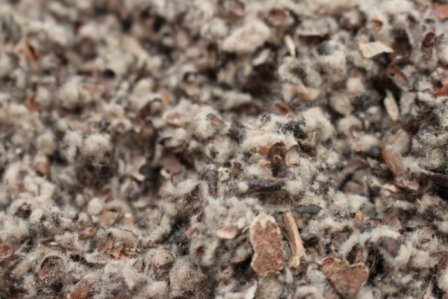
Whole cottonseed contains the oil, the meal and the hull. Plenty of protein and energy and fiber. Sort of "fluffy" as far as handling and storage. Not at all like corn, oats, milo, wheat, or soybeans as far as storage and handling. No augers or feed bins or gravity flow for handling/storage. Can be delivered in a van trailer with a walking floor, moved/pushed with a loader bucket, stored in a shed or maybe a shipping container. Needs to be kept dry. Fed from a loader bucket.
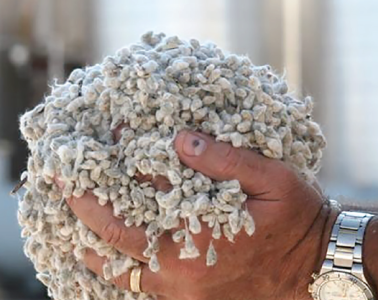
Cotton is an expensive crop to grow. Many trips through the field. And heavy in chemical use - herbicides, fungicides, insecticides, growth regulators, defoliants. Whole cottonseed is excellent to supplement poor forage or hay and for keeping condition on cows during winter.
Downside is gossypol - it is somewhat poison. Sort of like that magic fescue grass is poison. Therefore, cotton needs to be limit fed to cattle at a rate of a few pounds per day.

